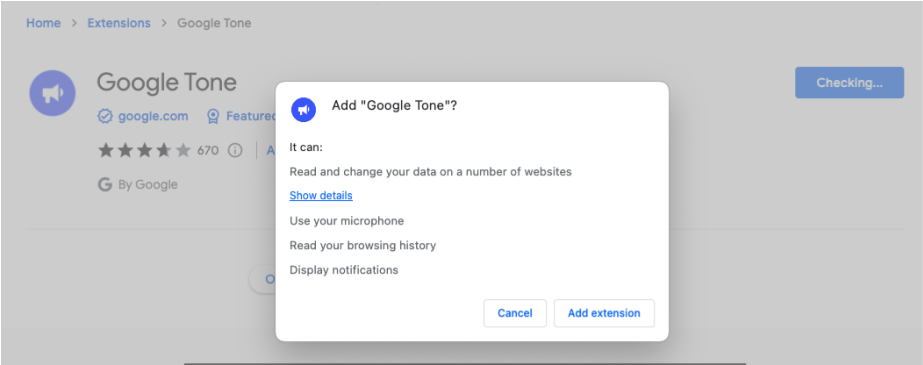Learners will create Arcimboldo-inspired food art through this lesson and narrate it to their peers. This lesson offers learners a unique opportunity to engage with art and storytelling in a fun and interactive way. Combining these subjects allows learners to explore their imagination, creativity, and critical thinking skills while learning about different fruits and vegetables.
Prior Knowledge:
Learners should be able to:
- Identify the main idea of a text and illustration.
- Look at an illustration and narrate it using complete sentences.
Lesson Objectives:
Learners will:
- Identify and describe the work of Carl Warner and Arcimboldo and their significance as food artists.
- Create a story on an ideation template that uses food art as a medium.
- Produce a food art scene that effectively conveys the story created on the ideation template.
- Share their food art with peers and narrate the story behind it.
Learning Outcomes:
By the end of this lesson, learners will be able to:
- Recognize and describe the work of Carl Warner and Arcimboldo and their impact on food art.
- Analyze and synthesize information to create a story that utilizes food art to convey a message.
- Apply their creativity and critical thinking skills to produce a food art scene that effectively communicates the story they created.
- Demonstrate effective communication skills by sharing their food art with peers and presenting the story behind it.
- Develop an appreciation for food art as a unique and creative medium for storytelling.
| Overview | Activity Objectives | |
|---|---|---|
| Opening Activity | In the opening activity, learners look at some of the famous works of Arcimboldo and Carl Warner and try to identify and share the main idea behind the illustration. |
|
| Main Activity | In this activity, learners brainstorm, ideate and use Canva to create food art that shares a story. |
|
| Closing Activity | Learners close the session by presenting and narrating their food art to peers. |
|
Resources:
- Presentation Slides
- Devices like tablets/ laptops/computers for each team.
- Stable wifi connection.
- Access to Canva on each device.
- Story Ideation template.
- Canva creation template.
Pre-lesson Prep
- Like all lessons on Eddy, this lesson follows a certain approach. If this is your first time implementing an Eddy lesson, check out our lesson approach for more information.
- Prepare necessary logistics in advance.
- How to share Canva resources (story ideation template, canva creation template) with learners in the classroom?
There are three ways to go about it:- Canva education account allows you to create a classroom and share activities for learners in class and online. Creating a Canva classroom will require a verified education account.
Canva is more convenient, but setting up a Canva classroom is out of the scope of this lesson plan. For more information, please view the Beginner’s Guide_Canva. - For learners using tablets in the classroom: QR code.
You can access the website https://www.the-qrcode-generator.com/ and create QR codes for any URL. With the help of their tablets, learners can then scan the QR code and access the template.
Below are the QR codes for the resources learners will need to access in the classroom.
- Canva education account allows you to create a classroom and share activities for learners in class and online. Creating a Canva classroom will require a verified education account.
.png)
- For learners using computers/ laptops in the classroom: Google tone.
Google Tone turns on your computer's microphone (while the extension is on) and uses your computer's speakers to exchange URLs with nearby computers connected to the Internet.
You can follow the steps below to add this extension to your Chrome browser.
Step 1.) Open the Chrome browser on your computer.
Step 2.) Go to the Chrome Web Store by typing "chrome://extensions" into the address bar or by clicking on the three dots on the top right corner of your browser and selecting "More Tools" > "Extensions."
Step 3.) Search for the “Google Tone” extension by typing the name in the search bar.

Step 4.) Click on the extension to open its page, then click the "Add to Chrome" button.

Step 5.) A pop-up window will appear, asking you to confirm the installation. Click "Add Extension."

Step 6.) The extension will then be installed on your Chrome browser.
Watch this video to learn more: https://www.youtube.com/watch?v=KSlLxUKnDgI&t=59s
- Prepare necessary technology/hardware in advance
- Devices (tablets/laptops/Chromebooks/computers) - one per team
- A stable wifi connection.
- Access to https://www.canva.com/ on each device.










